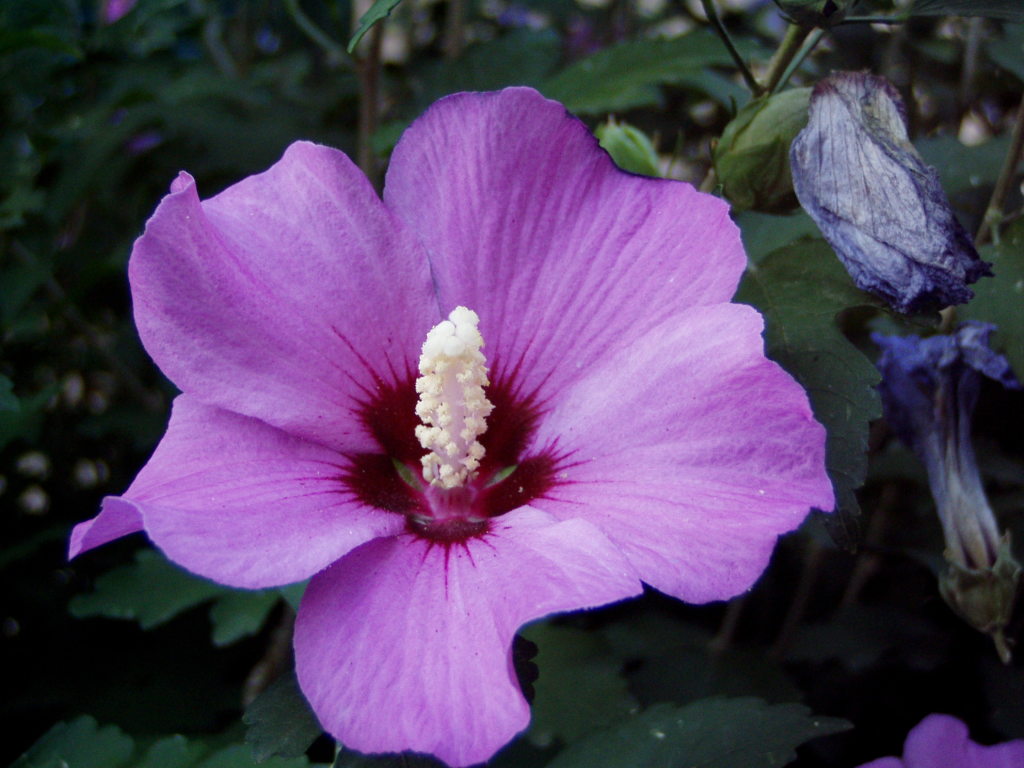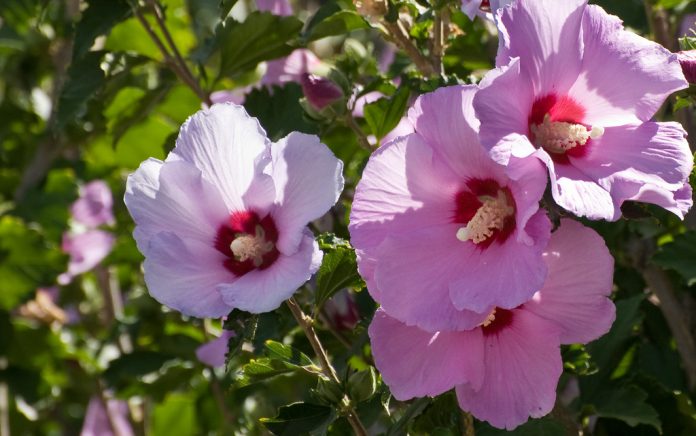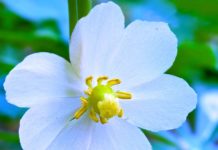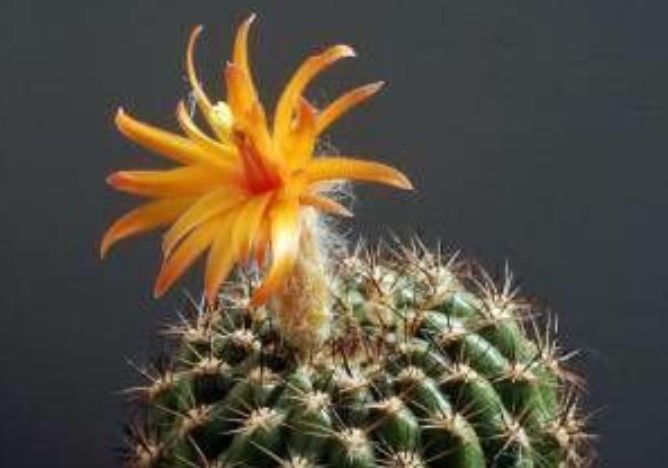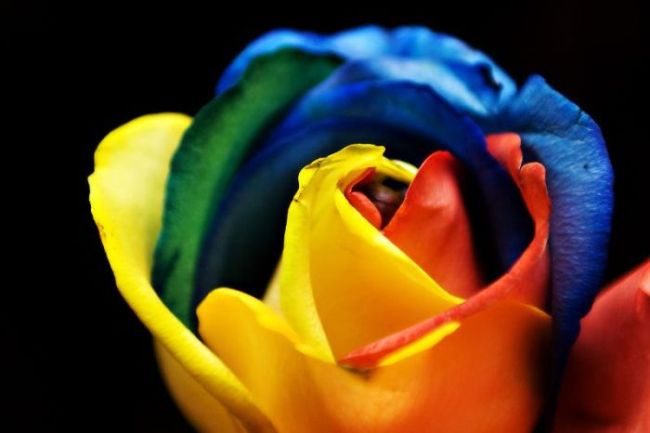Rose of Sharon “Hibiscus syrfiacus” is the chief value of this shrub, also known as “shrub althaea,” which lies in its late summer bloom. It usually comes in August. There are several varieties, in shades of pink, purple, blue, lavender, red, and white.
Flowers are usually three to five inches in diameter; extra-large ones can be produced by cutting stems back to two buds after blooming. They’re tall, bushy plants growing as high as 15 feet and can be grown as trees by eliminating all but one stem and removing lower branches.
They make good specimen shrubs, given enough space, and can also be used as informal hedges, though close shearing is detrimental to bloom and the plant’s shape. The plant should be set in while still young and protected with mulch until well established. Even so, until they are mature, they are susceptible to winterkill.
They will grow in sun or part shade, and they like moist, humusy soil with good drainage. Pruning need only be done if you want a smaller, compact plant, or to produce larger flowers, as above. Cut back stems to laterals to control the size, produce vigorous growth, and remove dead or damaged wood. Prune in winter in mild climates, early spring in cold ones.
